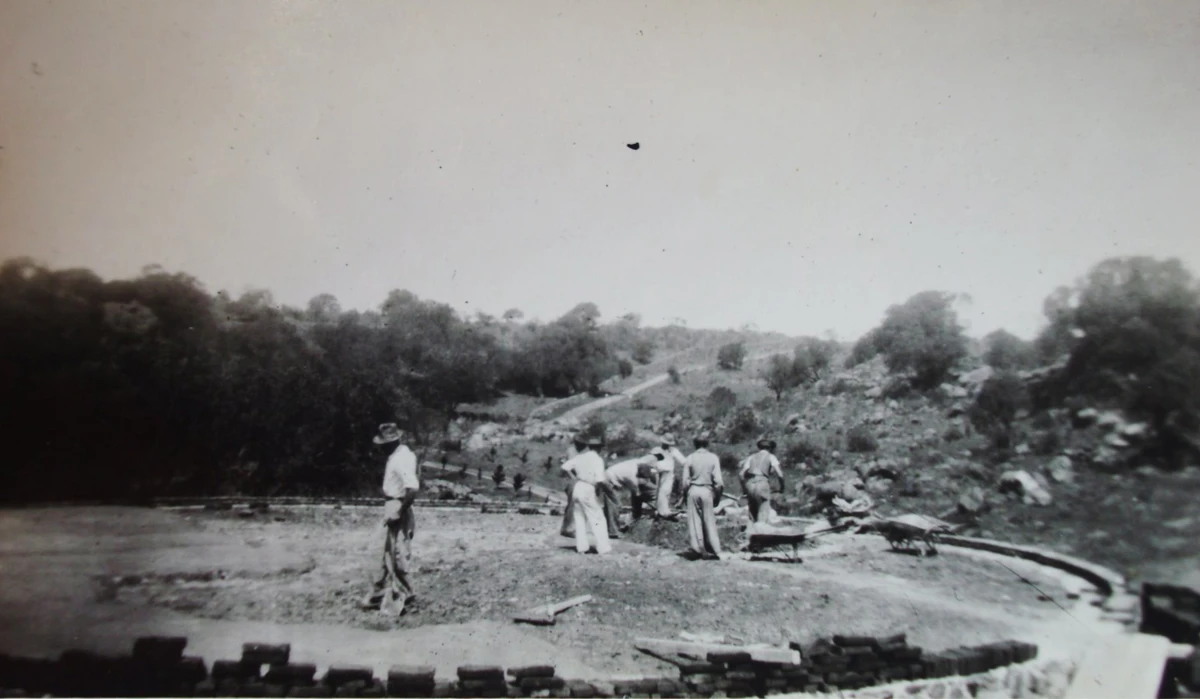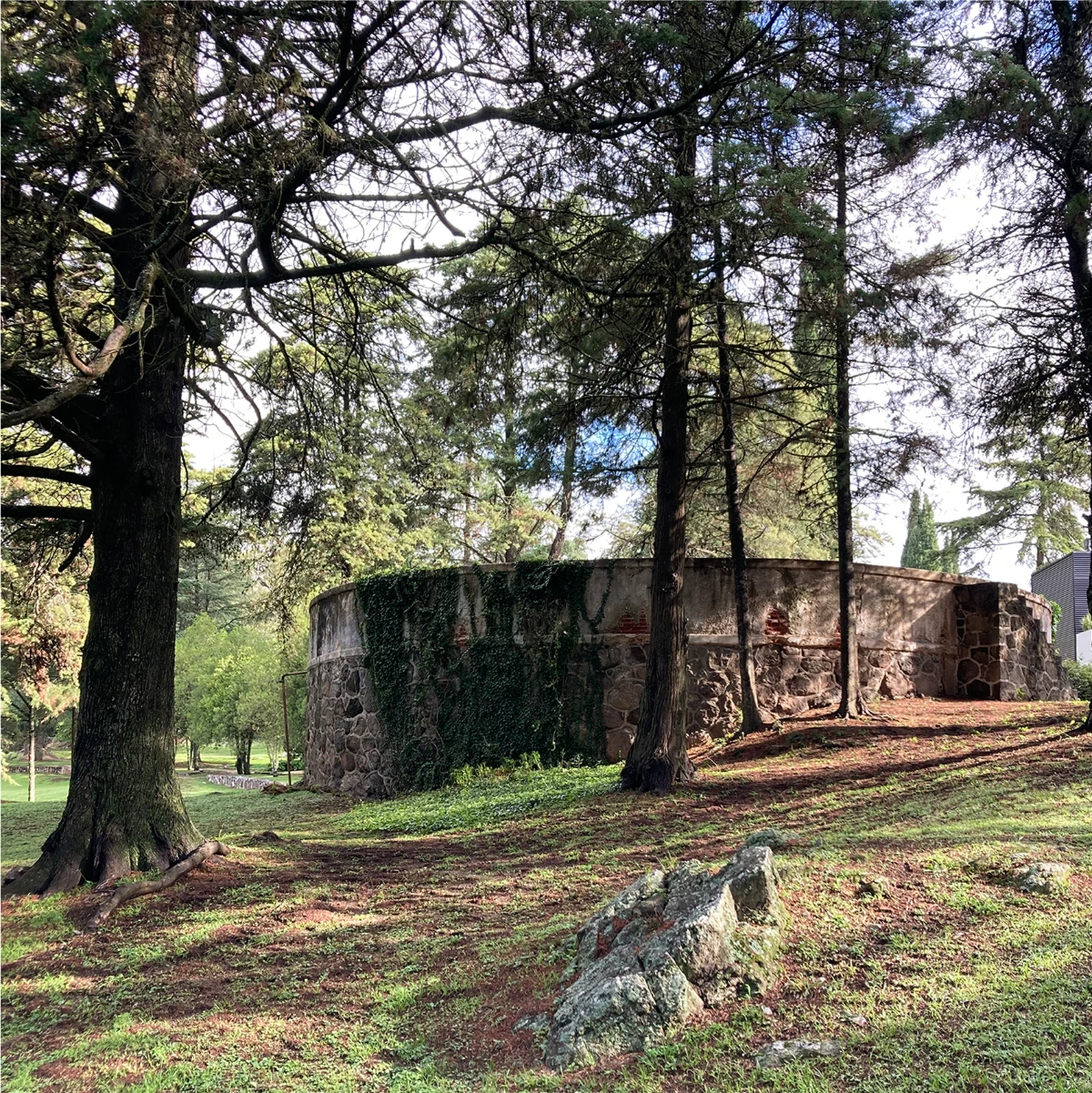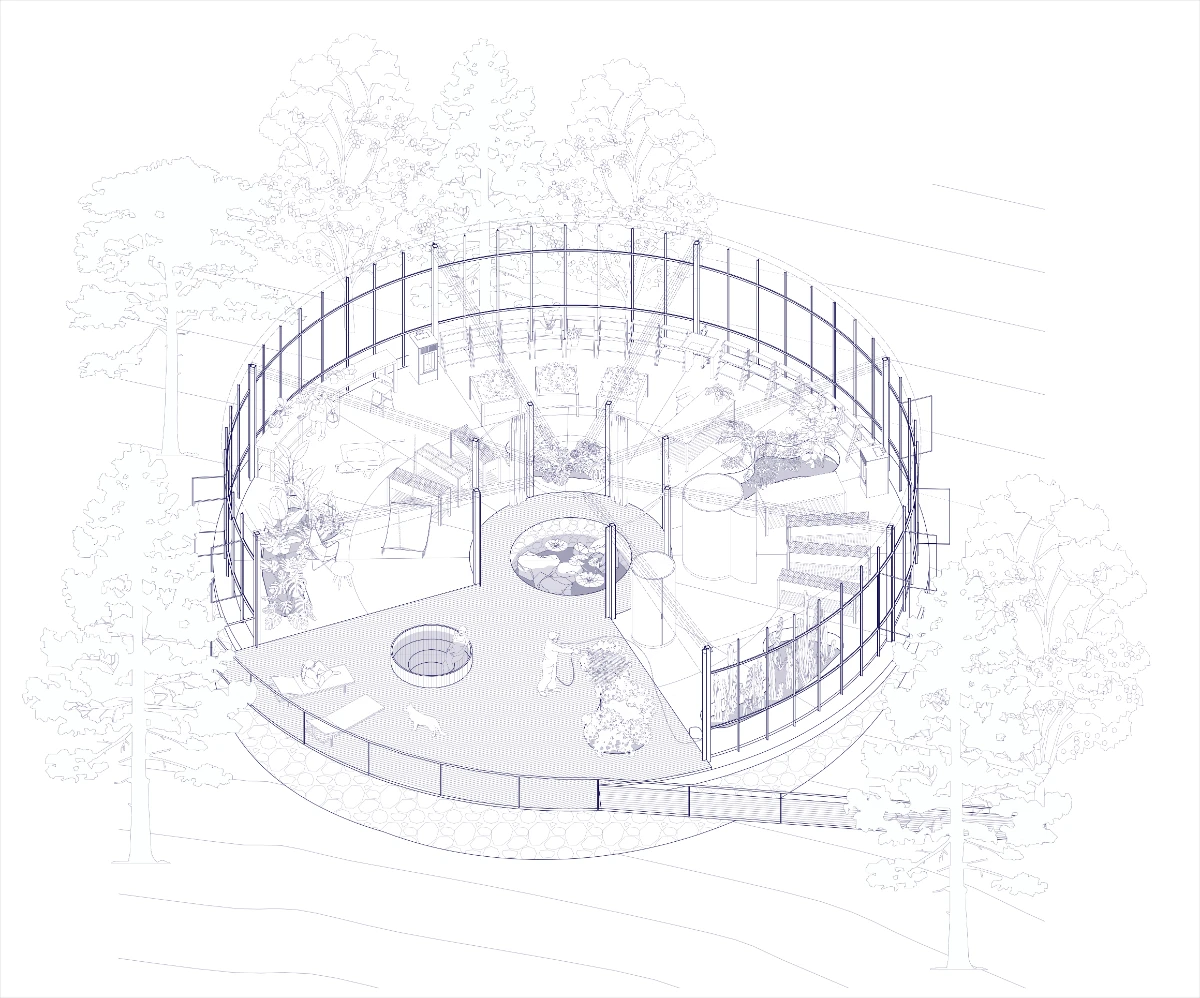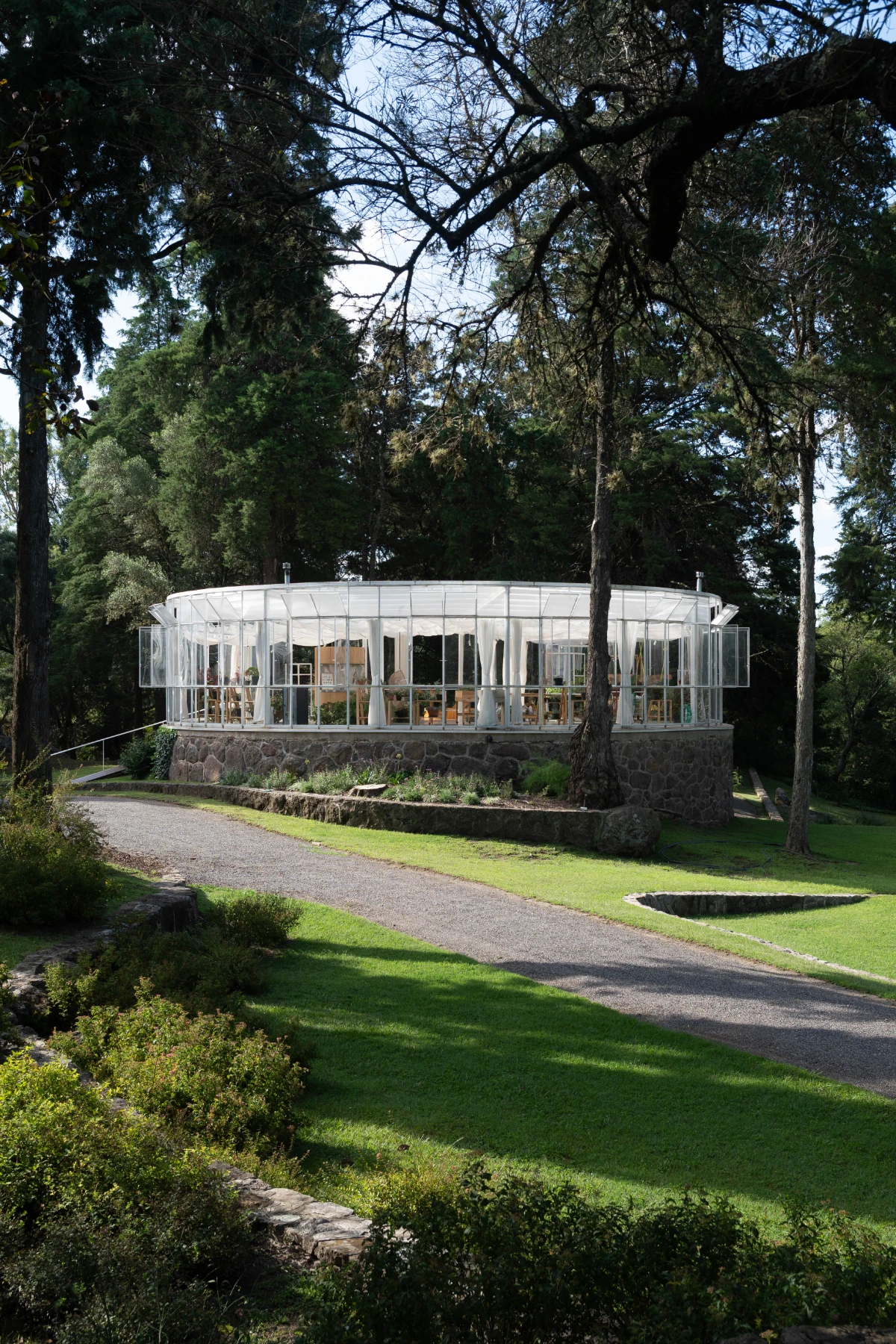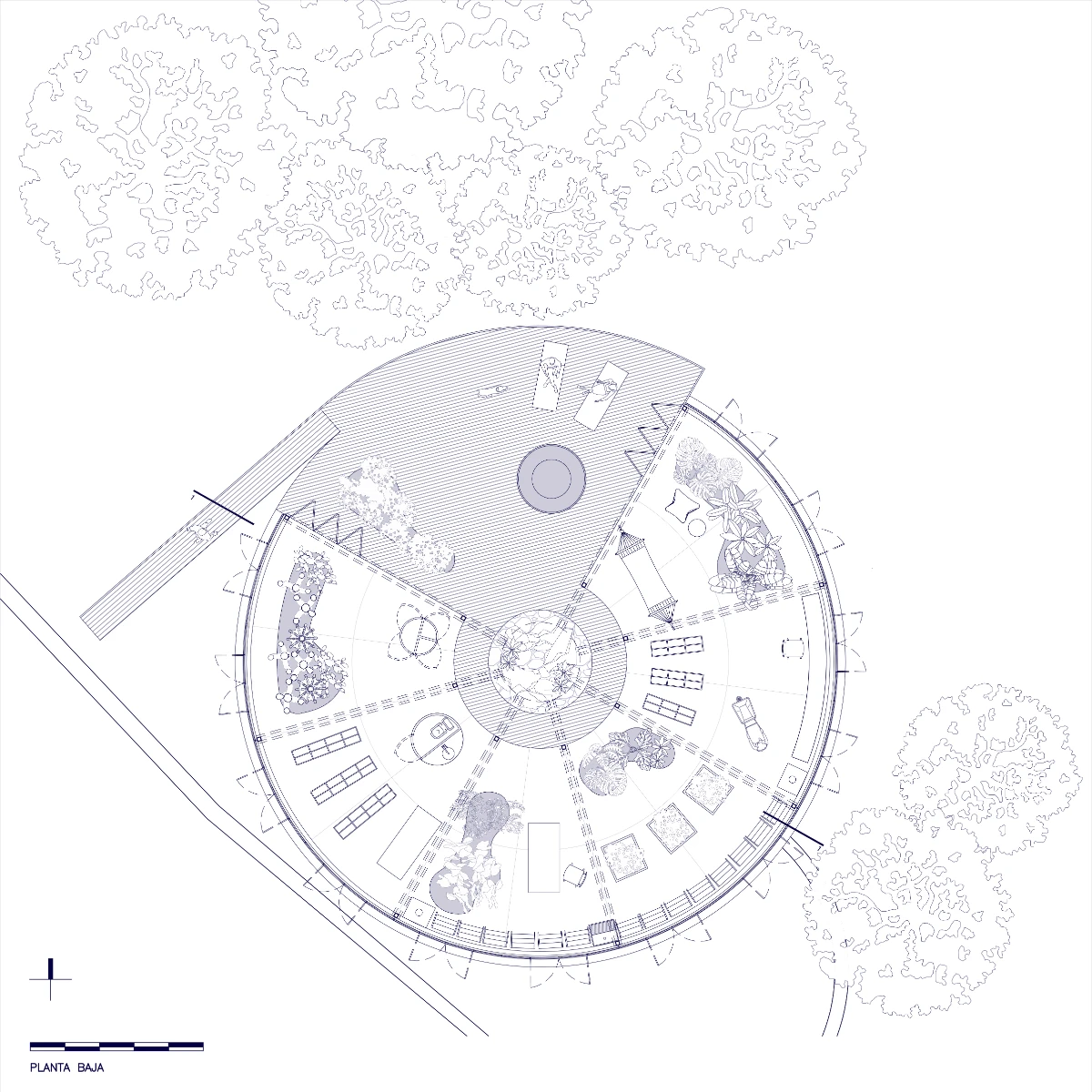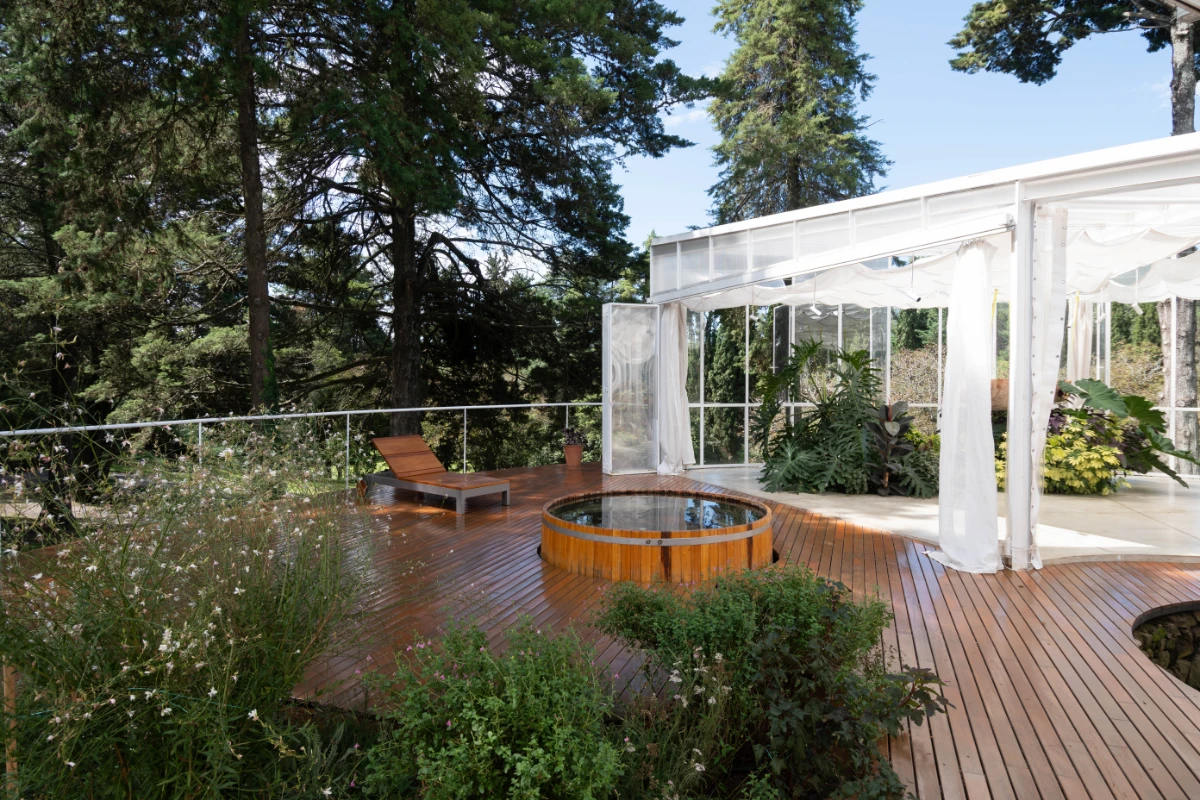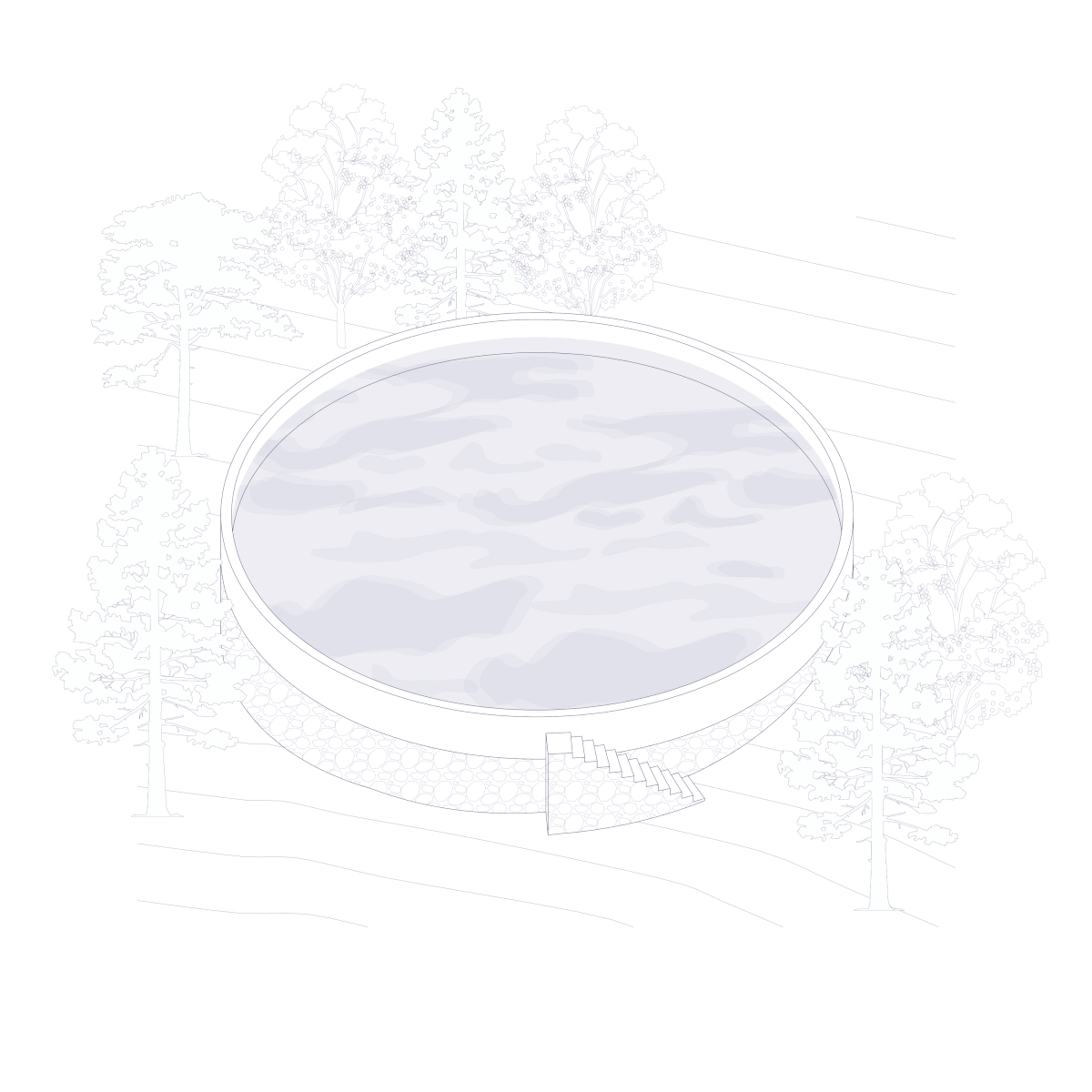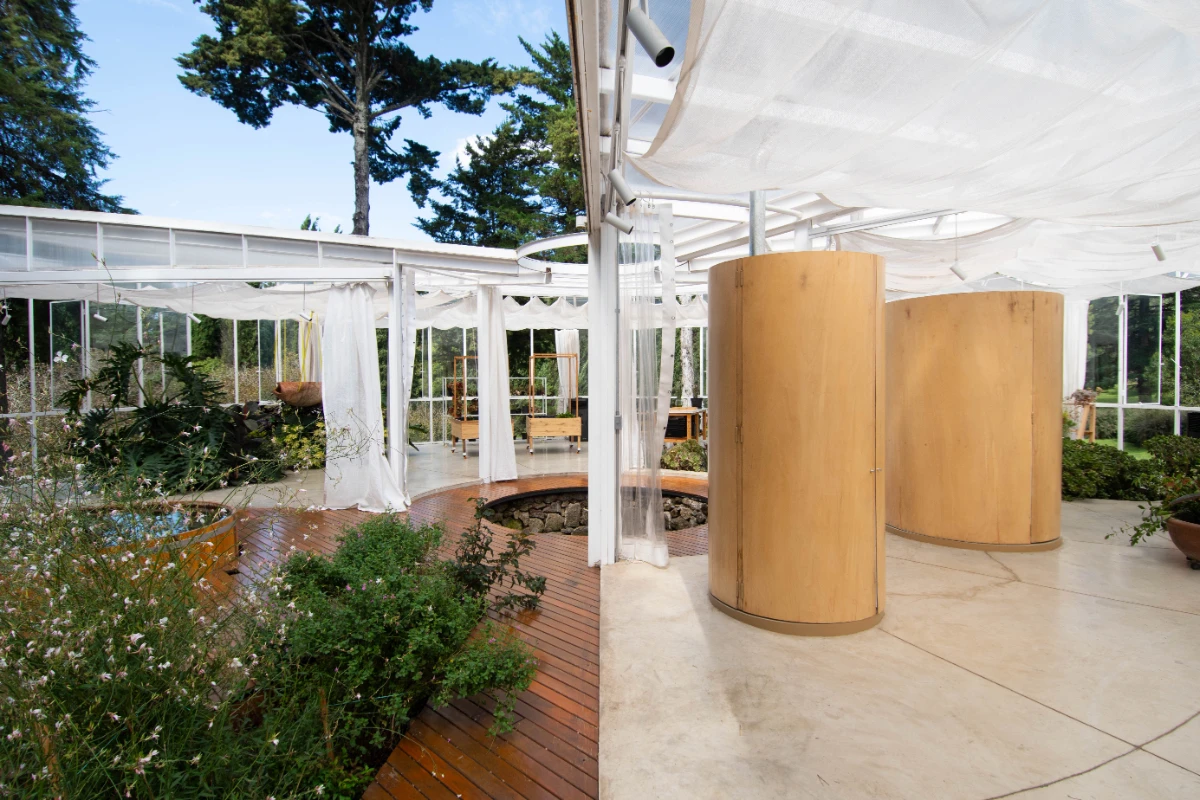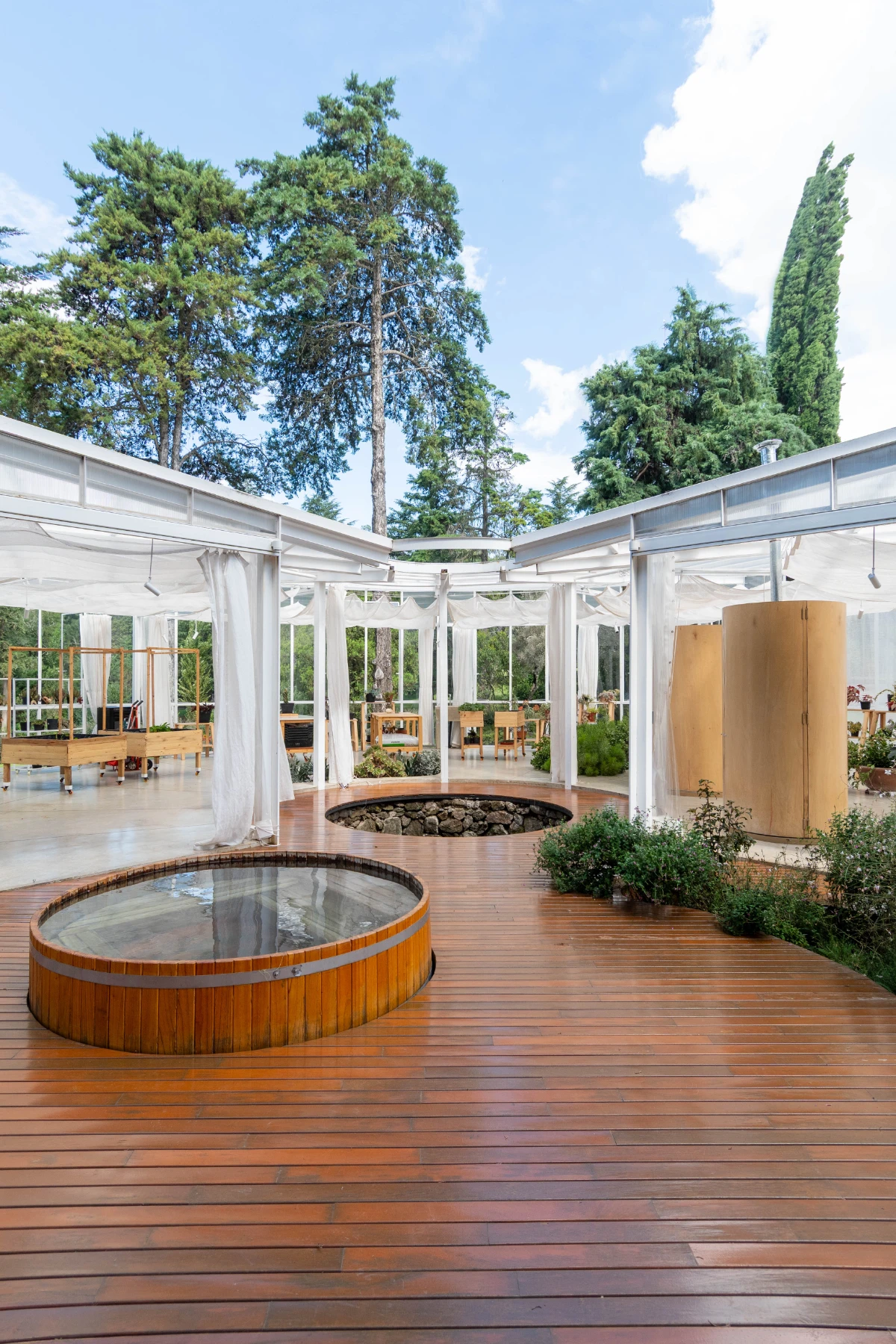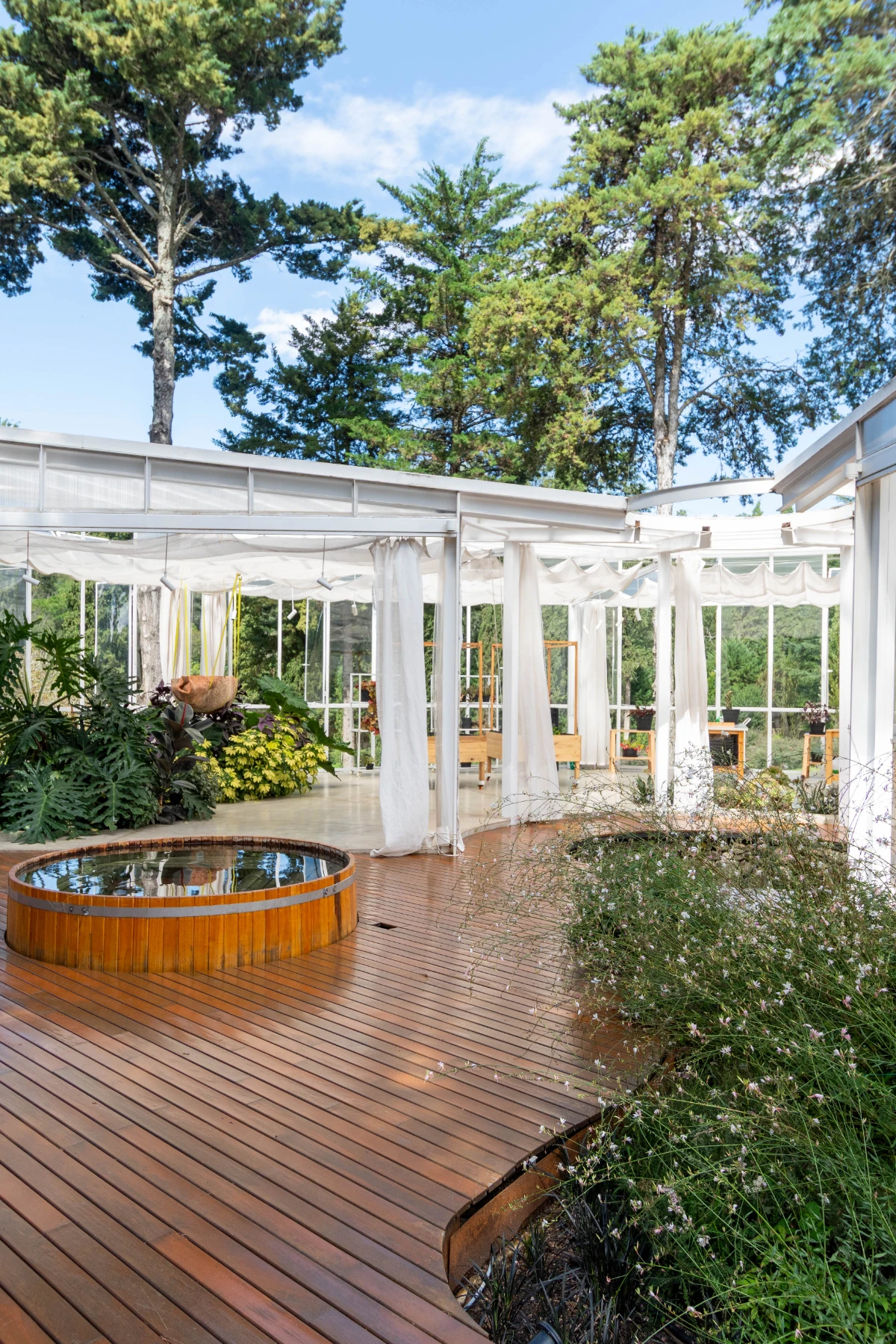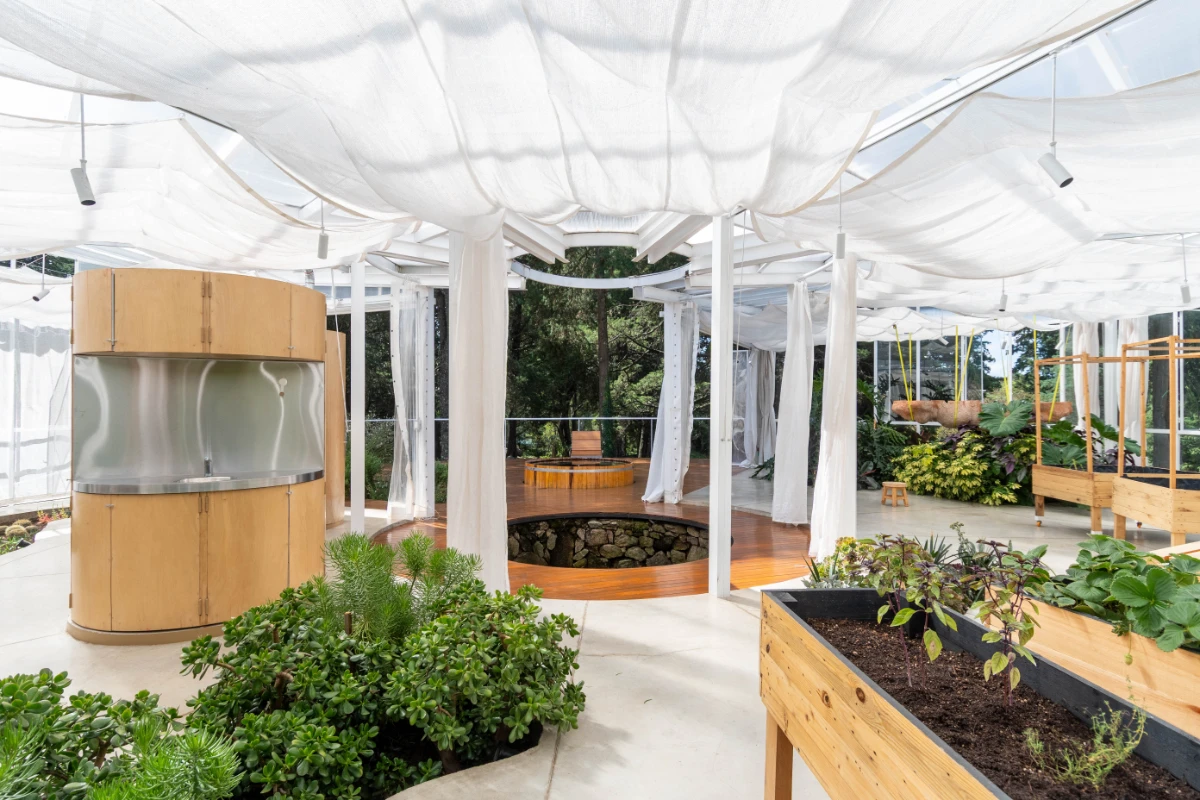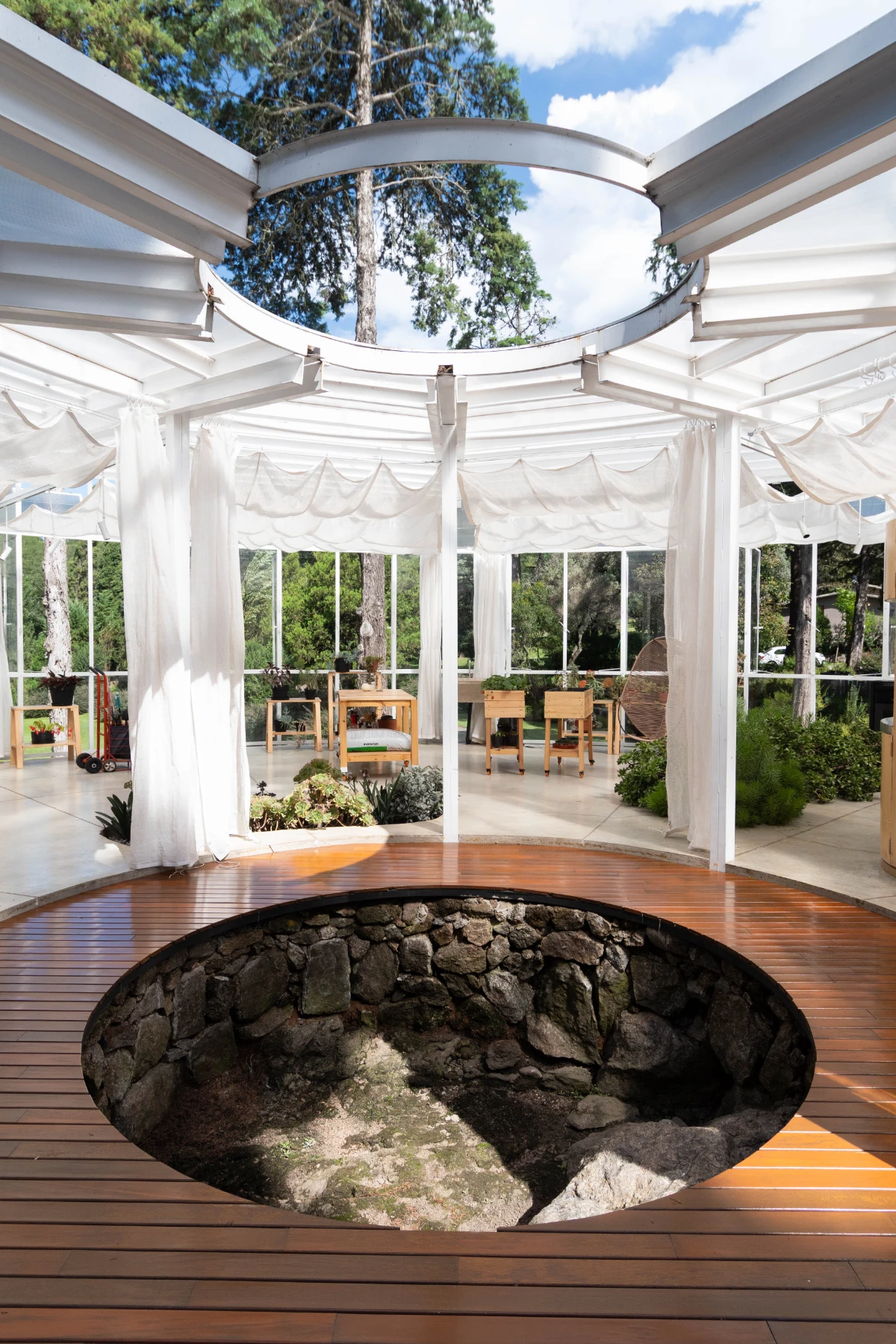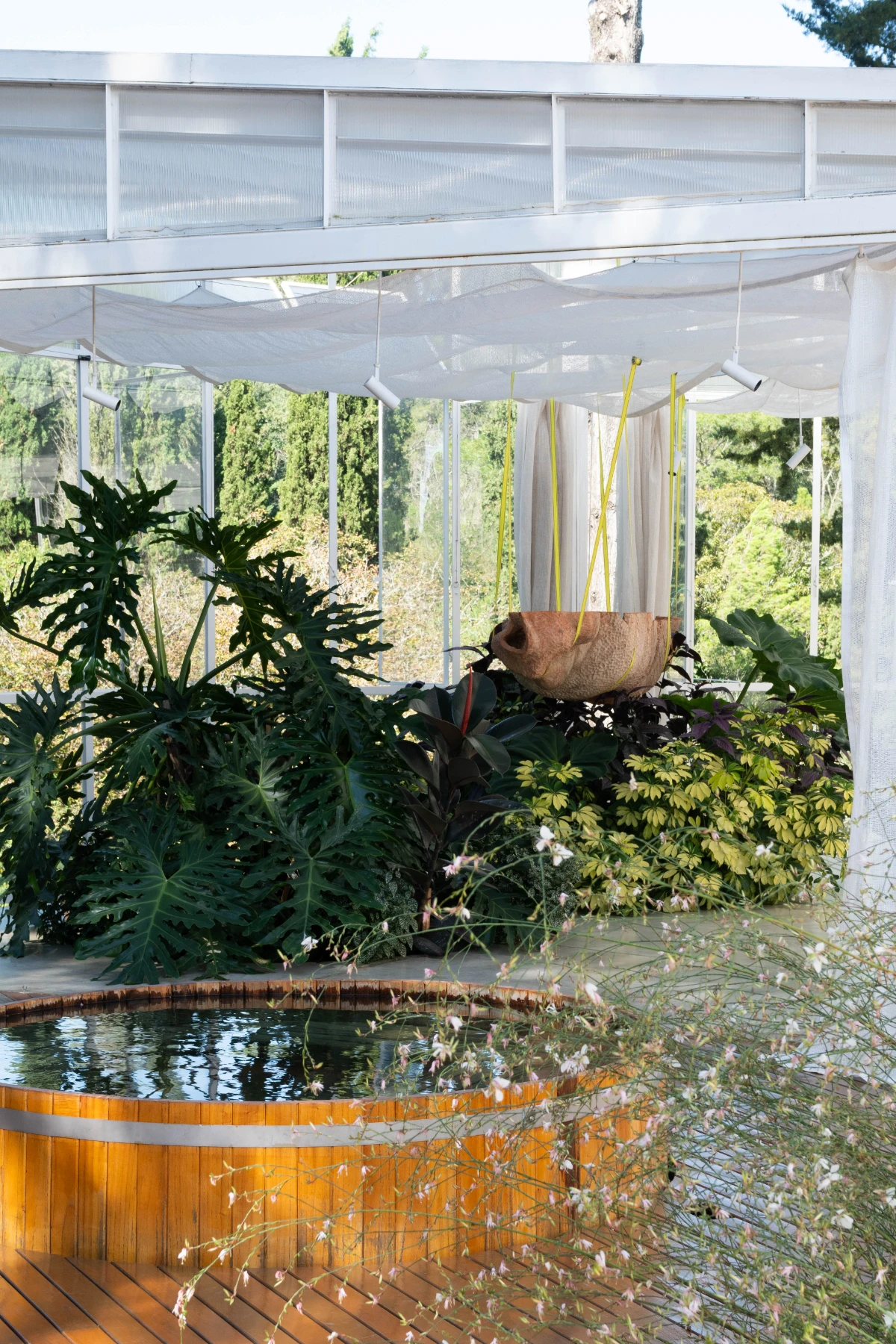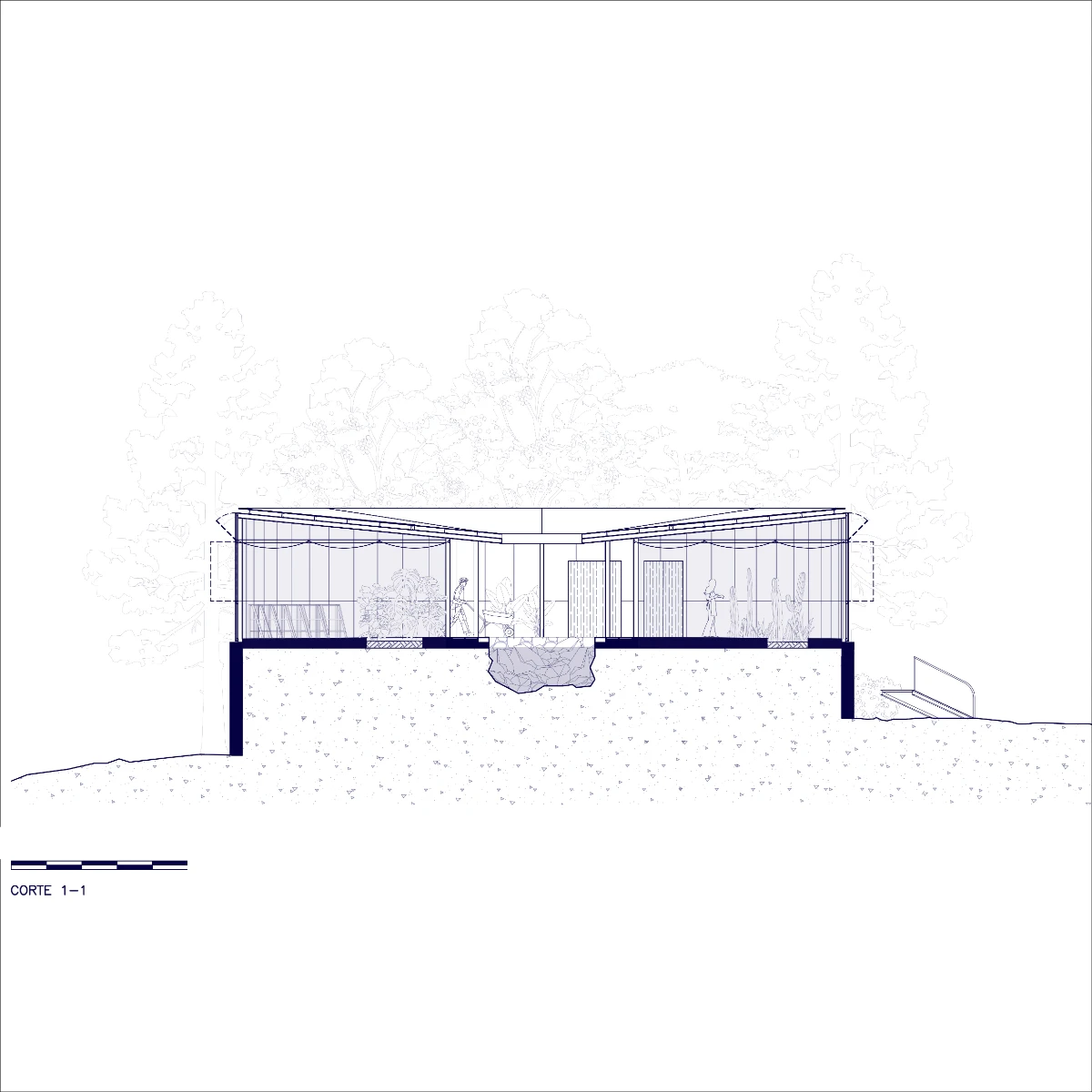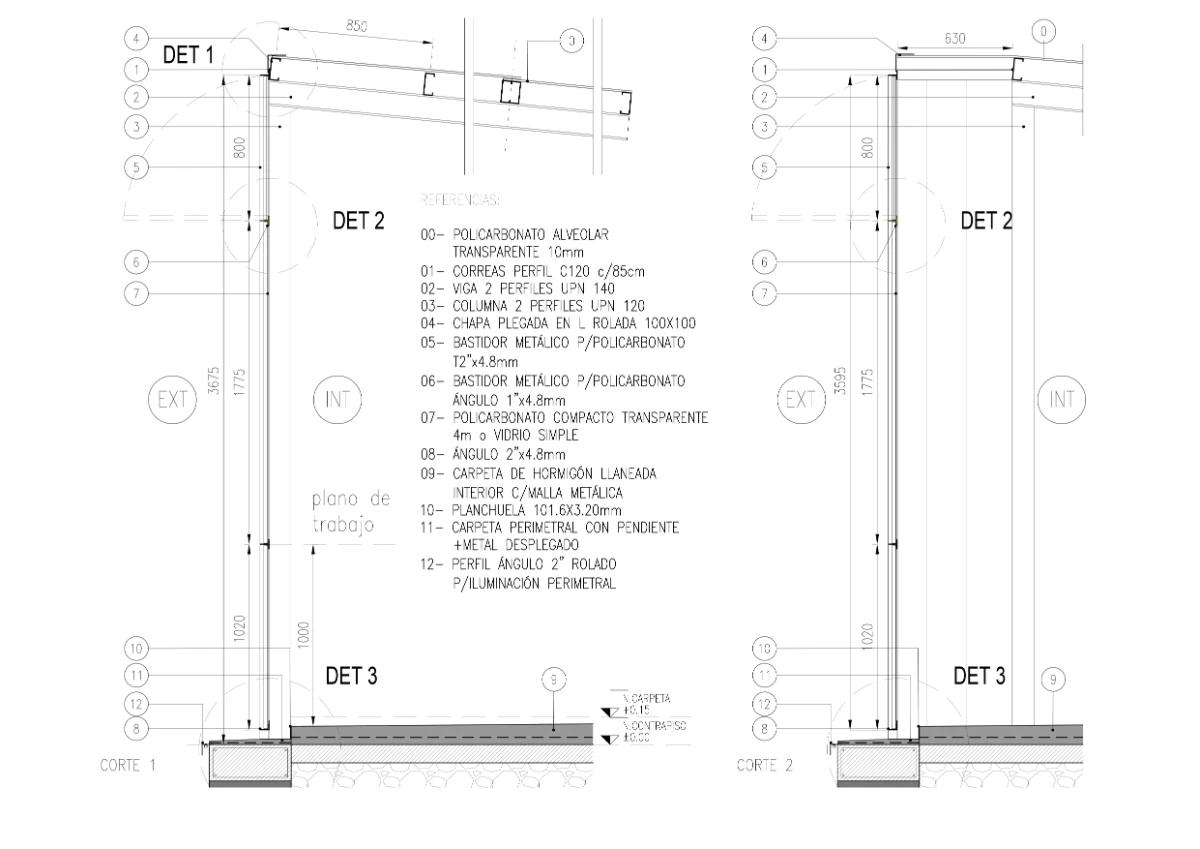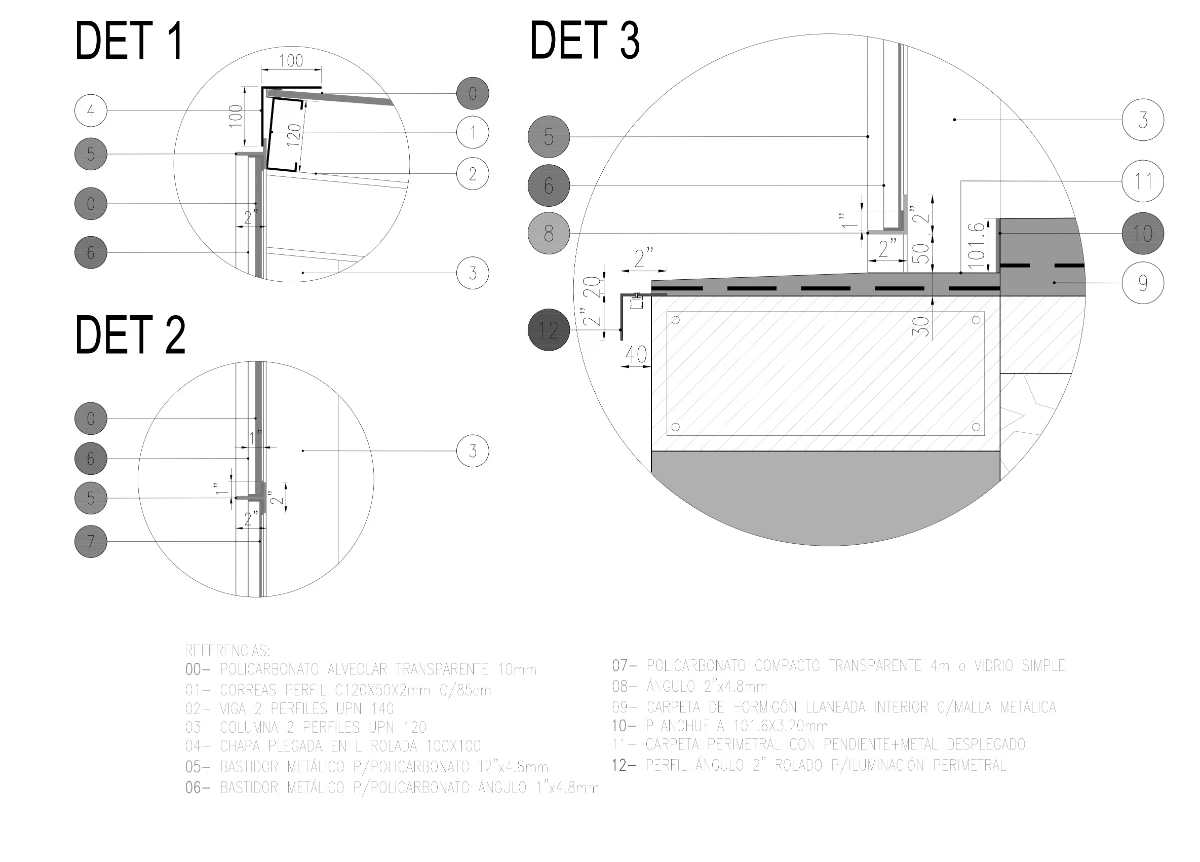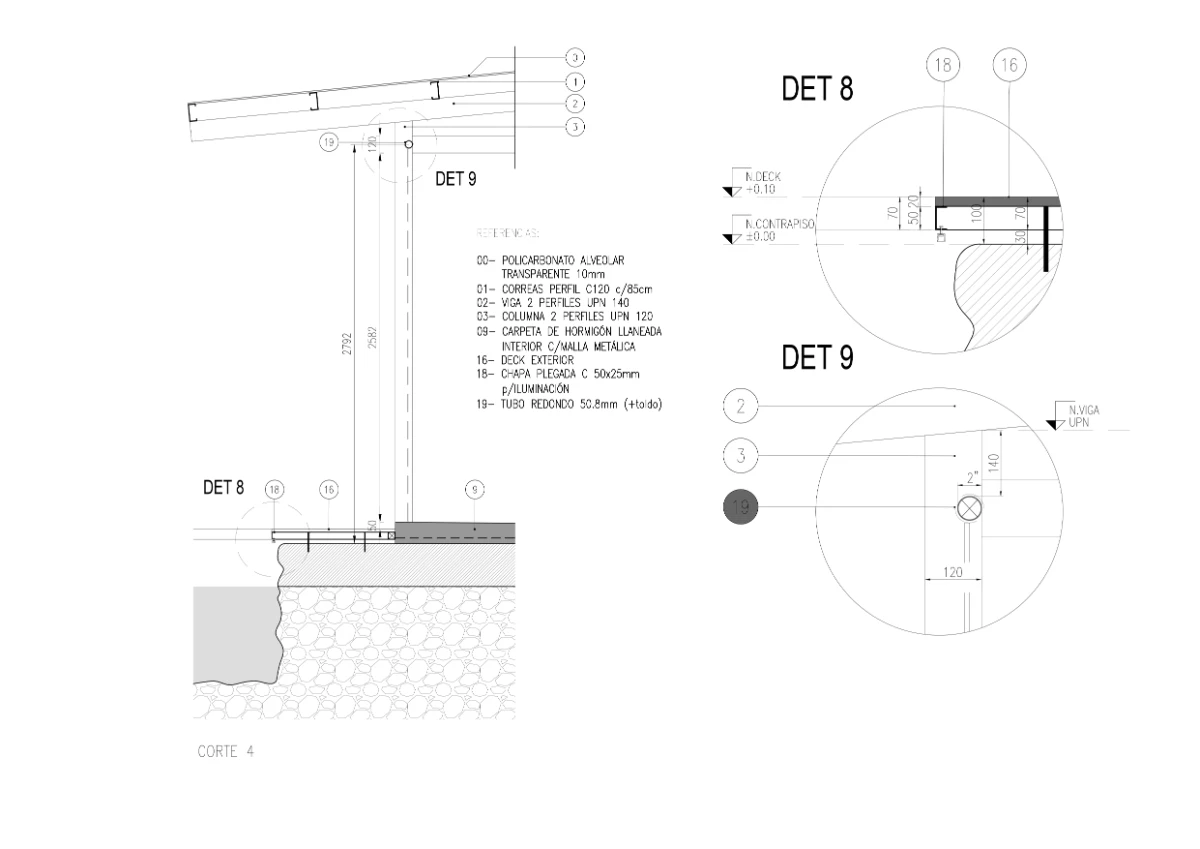The Order
Three wishes: (re) produce, experiment y contemplate.
The need for a domestic-scale space to grow vegetables out of season and experiment with plant reproduction under controlled temperatures. Plants will then be introduced into their immediate surroundings, gradually adapting to the local climate. There is also the desire to create a space for leisure, enjoyment, and contemplation.
The Place
Located on what was once a productive property created in the 1930s in the Calamuchita Valley in the province of Córdoba, Argentina. An old water tank, now in disuse, rests on a rocky massif that was originally intended to supply the irrigation system for agricultural production at the time.
The Intention
We found it interesting to consider the possibility that, almost 90 years after its construction, this infrastructure could once again be a space linked to the (re)production of vegetables—in this case on a domestic scale—in order to think about a more sustainable life and with the conviction that we must reuse architectures over time.
We agree with Smiljan Radic when he argues that to recover something, that something must have a certain physical value. Thus, we decided to recycle this 16-meter-diameter,
1.5-meter-high circumference, stripping it of its fractured walls and maintaining the rocky platform on which we support the greenhouse, which adapts to its geometry: a sort of inverted circular tent, with a metal structure and translucent polycarbonate envelopes. Alluding to the impluvium of Roman houses, the inverted roof empties in the center to collect rainwater in a natural basin that drains through a rocky callocity.
The Proyect
The production spaces had to accommodate different types of crops: vegetables, hydroponics, cacti, orchids, tropical plants, etc.; while also providing workspaces for germination, storage, and basic services. The viewing area was linked to the idea of leisure as part of the greenhouse space itself.
The circular surface of the pre-existing building was then divided into eight equal structural and spatial modules, two exterior and six interior. Each interior module contains the necessary infrastructure to function independently from the rest and to control its temperature, humidity, ventilation, and lighting.
The Weather
We know that greenhouses have a great capacity to passively regulate the climate, especially in extremely cold climates. From Lacaton & Vassal, we learned that it is possible to articulate this industrial typology with domestic life, understanding the difficulties they present in warm climates like Córdoba’s, where passive systems allow us to rethink these infrastructures in pursuit of energy efficiency.
The greenhouse had to respond to a wide seasonal temperature range, ensuring maximum capture of solar radiation in winter and then storing it for as long as possible indoors. On the other hand, it was important to guarantee solar radiation control in summer, without losing the natural light that favors plant photosynthesis, while also generating good ventilation to prevent interior temperatures from becoming extreme.
From this stems the strategy of creating a double envelope composed of an outer polycarbonate membrane that enhances the capture of sunlight inside, while ensuring, once 50% of the perimeter surface is opened, good interior ventilation. An inner membrane of white microperforated textile completes the double envelope, regulating solar incidence and helping to prevent the heat generated inside from being lost as easily in winter. In turn, this membrane, suspended horizontally under the sloping roof, creates a buffer space where high temperatures accumulate in summer and are expelled to the outside through the upper slats of the envelope.
We were interested in the mechanisms for operating the envelopes being analogical, to somehow force us to become aware of the time of care. We envisioned a slow, artisanal architecture.


